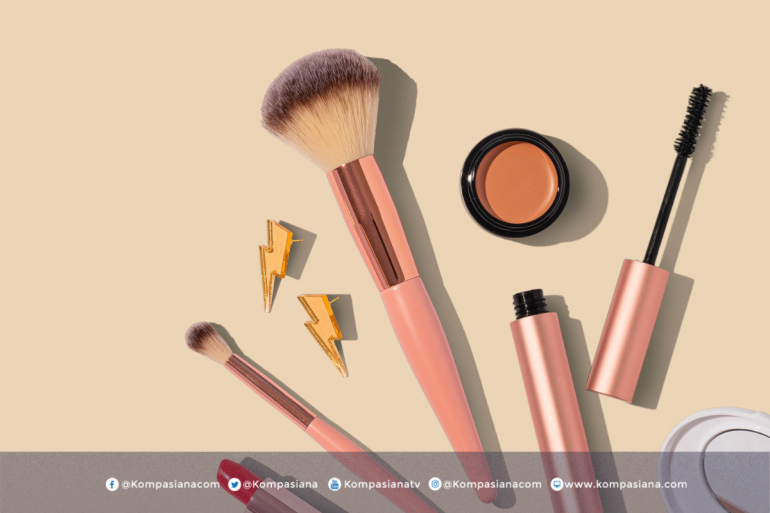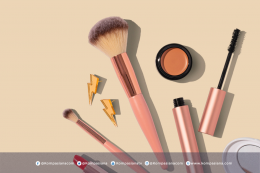As far as the world is becoming more technological, it can be stated that even industries that were considered as artistic or traditional one can gin dramatic change. Jewelry is one of such industries. Whether it is 3D printing, augmented reality or any other technology at the forefront, it is changing what and how we design, buy and even feel emotionally attached to jewelry.
Jewelry is more than decoration, and it has always had its place in human culture, as a symbol, indicating love or commitment, success, or status. However, today, it is also a strong crossroad between creativity and technology.
The Rise of Digital Jewelry Design
Among the revolutionary effects that the technology has had in the jewelry industry is the design process. Modern jewelers have turned to adopting Computer-Aided Design (CAD) software as a standard. Designers are not required to sketch their ideas on papers anymore as they can now design complex, detailed 3D models of rings, necklaces and bracelets. This enables the creation of perfect symmetry, measurements and realistic impression of metals and gemstones.
Think of creating a bespoke engagement ring piece at the comfort of your home. A few clicks are used to change the cut, color and setting of the gemstone and see a real 360-degree model. Instead of making several visits to a jeweler, now this occurs in real-time on the Internet.
Besides, the CAD software automates the production system. Once the design is done, it can be directly given to a 3d printer and form a wax model. This accelerates the prototyping process and gives the customer an idea of what his jewelry is going to look like before it undergoes final casting.
Augmented Reality and Virtual Try-Ons
One more thrilling innovation is the implementation of the Augmented Reality (AR) during online purchases of jewelry. Customers now have the possibility of virtually trying on pieces using smart phone applications. This is not only a better shopping experience but also helps to minimize the ambiguity of online shopping.
Imagine that you were shopping in a Swarovski necklace , and you get to view it in real-time on your neck using AR. The impact of lighting effects, reflections and proportions are simulated very realistically. With online sales on the rise, particularly after the pandemic, this kind of innovation is rapidly becoming the norm in e-commerce websites.
AI-Powered Recommendations
Artificial Intelligence (AI) is also modifying the way in which we find jewelry. Your browsing habits and taste have changed, too; these days quite literally not a button is pressed without smart recommendation engines analyzing your browsing behavior and style preferences in order to suggest suitable products to match your taste.







